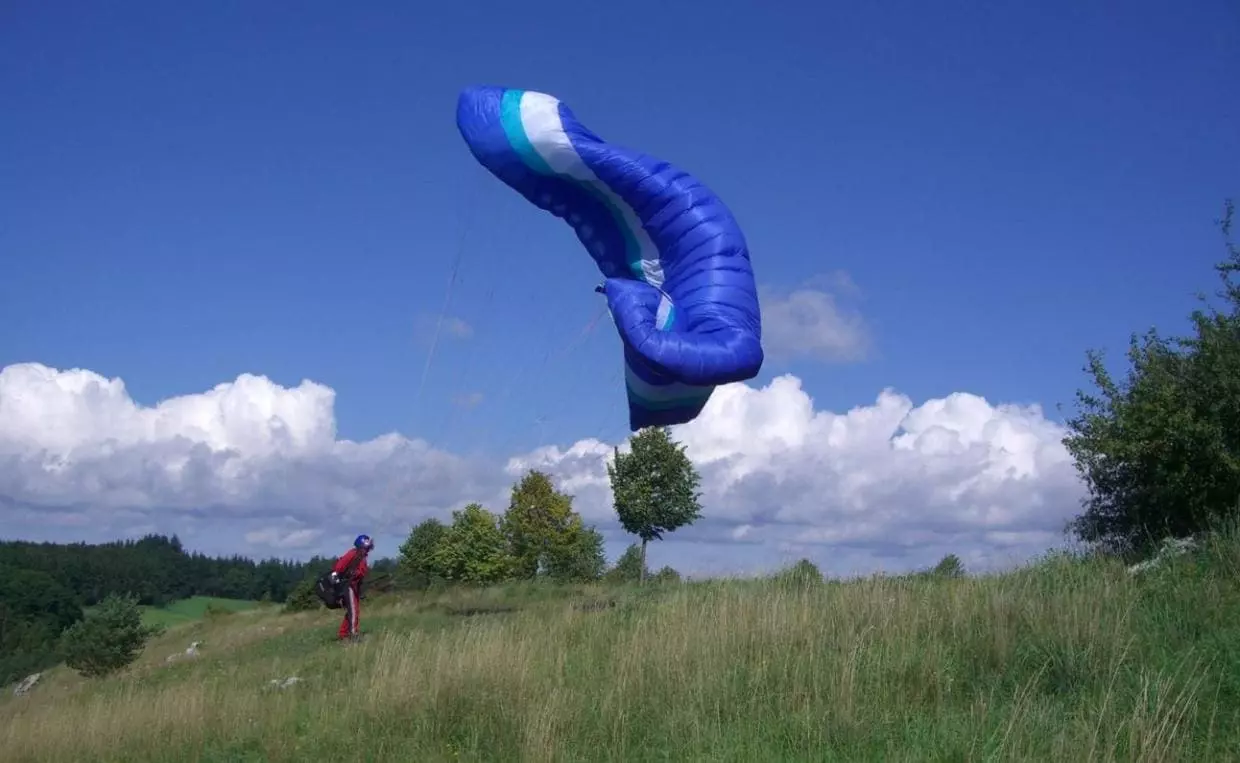The Global Forecast System (GFS) is one of the world's most widely used numerical weather prediction models. Operated by the National Oceanic and Atmospheric Administration (NOAA), it plays a crucial role in providing global weather forecasts. Among the various resolutions available, the GFS 22km model is particularly notable for its balance between detail and computational efficiency.
Paragliding weather - definition of conditions
Featured

Determination of weather conditions for paragliding
Weather, the thought of it does not leave flying people for an hour.
